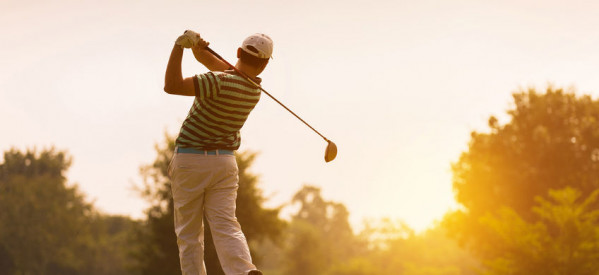Spin Rate

In part 3 of “Fundamentals for a Better Game,” golf pro Scott Sackett explains how to strike the ball for the best spin
This is the continuation of my series titled “Fundamentals for a Better Game.” The aim of this is to provide ball flight and impact fundamentals any player can use to become better, regardless of skill level. In part 1 of this series, we discussed “Maximizing Distance.” Part 2 was “Smash Factor” and now, part 3 is Spin Rate.
Previous misconceptions?
Spin rate is something which at face value seems incredibly simple and straightforward. However, this is far from the case. The myths regarding spin rate go on forever — one being that hitting down at the ball more increases the spin rate. This idea was levied from driver all the way down to chip shots. Another misconception is that balls have both backspin and sidespin. This is false. A ball spins, and that spin is tilted on an axis.
What is spin rate?
The most basic definition of spin rate is the revolutions per minute of the golf ball in flight. When a shot is struck, the ball starts spinning on an axis. That axis can be straight or it can be tilted (think airplane wings banking left or right).
What do I need to know?
A few things. One is that for the most part, a lower spin shot is ideal for drivers. The average player spins a driver entirely too much. Decreasing the spin rate for the average player could yield 15-30 yards, without question. Second, the point of contact on the club face can greatly influence the spin rate. Heel and low on the face generates more spin, whereas high and toe on the face generates less spin.
How can I practice this?
Practicing spin rate is not really something you can do. However, you can practice things that either increase or decrease spin rates. For decreasing it (with driver of course), keep track of where you contact the ball on the face. Look to strike it slightly on the toe and slightly above center. Also, work to strike up at the golf ball. To do this, you’ll want to put the ball off your left heel (assuming you’re right handed) and swing out to right field. To increase spin rate (presumably) with a shorter wedge shot, you’ll want to introduce friction and bounce to the shot. Think of using the trailing edge to strike the turf first (not leading edge) so you take very little divot and nip the ball. Additionally, if you have a little sand on the club face, that always helps to increase friction and spin rate.
Scott Sackett has been a GOLF Magazine Top 100 Teacher for the past 14 years. He teaches private lessons at McCormick Ranch Golf Club in Scottsdale and conducts Scott Sackett Signature Schools at SunRidge Canyon Golf Club. Reach him via scottsackett.com.
Spin Rate
Trackman’s 3rd. Fundamental
Spin Rate is primarily generated by Spin Loft and Club Speed. Additionally, impact position on the club and friction between the club and the ball affect the amount of spin.
Hitting more down on the ball does not necessarily increase the Spin Rate!
If you deloft the club, the Spin Loft may be unchanged
no change in Spin Rate – all other things equal.
Related posts
Leave a Comment
You must be logged in to post a comment.






